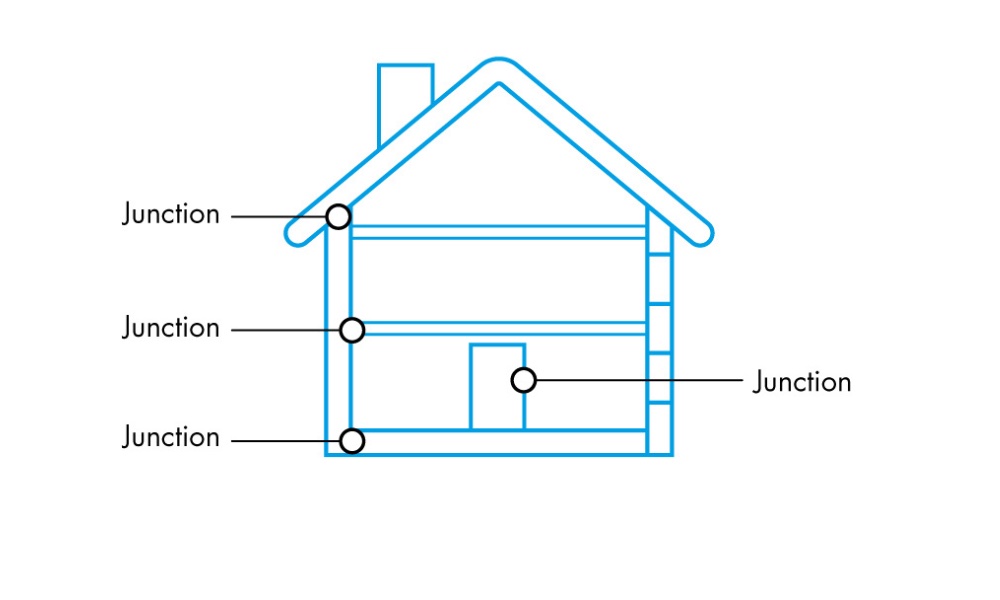
Understanding PSI Values: Enhancing Building Performance and Energy Efficiency
ATSPACE / 10-07-2023Trusted by 9K+ businesses



When it comes to constructing energy-efficient and sustainable buildings, paying attention to the thermal performance of the building envelope is crucial. One key factor in evaluating the energy efficiency of a building is the PSI value. In this blog, we will explore PSI values, their significance, and how they contribute to optimising building performance and reducing energy consumption.
What are PSI Values? PSI values, also known as Ψ-values or linear thermal transmittance, represent the thermal bridging effect within a building's construction. Thermal bridges occur when there is a discontinuity in the insulation layer, resulting in heat loss or gain through the building envelope. PSI values quantify the amount of heat transfer occurring across these thermal bridges.
Significance of PSI Values:
Energy Efficiency: By understanding and improving PSI values, builders and designers can reduce thermal bridging and minimise heat transfer between different elements of the building envelope. This, in turn, helps in enhancing the energy efficiency of the building and reducing heating and cooling demands.
Comfort and Indoor Climate: Thermal bridges can lead to localised temperature variations, creating uncomfortable conditions for building occupants. By addressing thermal bridging through optimised PSI values, a more uniform indoor climate can be achieved, ensuring occupant comfort.
Condensation Control: Thermal bridges can contribute to condensation formation, potentially leading to moisture-related issues such as mould growth and material deterioration. Managing PSI values helps prevent condensation by minimising temperature differentials and maintaining appropriate surface temperatures within the building envelope.
Building Durability: Thermal bridges can cause uneven stress distribution on building materials, potentially leading to structural damage over time. By reducing heat transfer across thermal bridges, the overall durability and longevity of the building can be improved.
Improving PSI Values:
Design Considerations: During the design phase, architects and engineers can minimise thermal bridges by incorporating continuous insulation, optimising the layout of building elements, and utilising materials with lower thermal conductivity.
Construction Techniques: Proper construction practices, such as carefully sealing joints, using thermal breaks, and ensuring effective insulation installation, play a crucial role in reducing thermal bridging and improving PSI values.
Advanced Materials and Technologies: The market offers various innovative solutions for reducing thermal bridging, such as high-performance insulation materials, insulated cladding systems, and thermally broken components. Utilising these technologies can significantly enhance PSI values.
Simulation and Analysis: Advanced building energy modelling software can help simulate and analyse the impact of thermal bridges on a building's performance. These tools enable designers to optimise PSI values by assessing different design alternatives and identifying areas for improvement.
Conclusion:
PSI values are essential for assessing and improving the thermal performance of a building. By addressing thermal bridging through optimised PSI values, energy efficiency can be enhanced, occupant comfort can be improved, and the risk of condensation and durability issues can be mitigated. As the construction industry moves towards more sustainable practices, understanding and implementing effective strategies to manage PSI values will be crucial in creating energy-efficient, comfortable, and durable buildings for the future.
